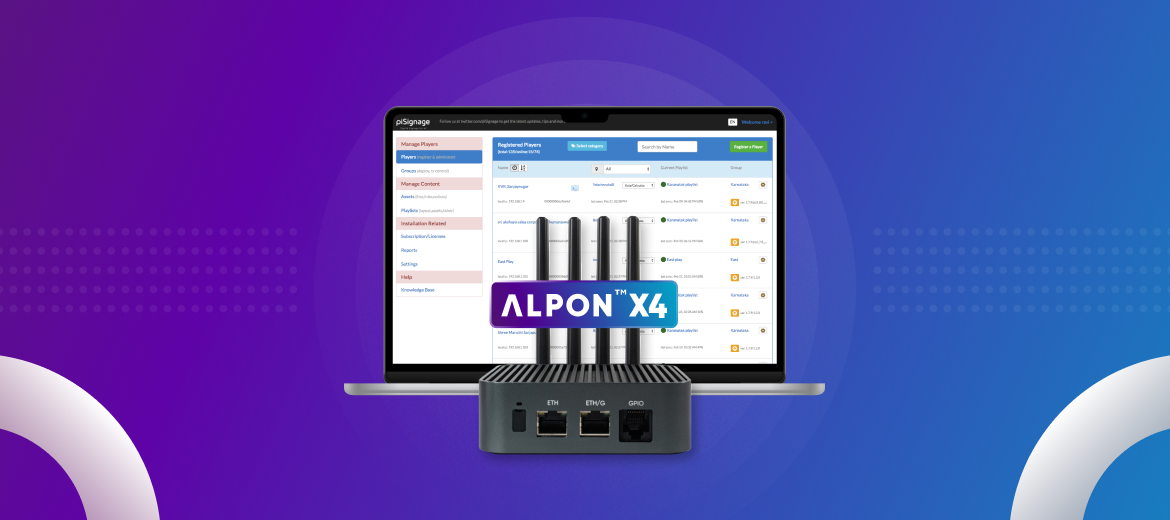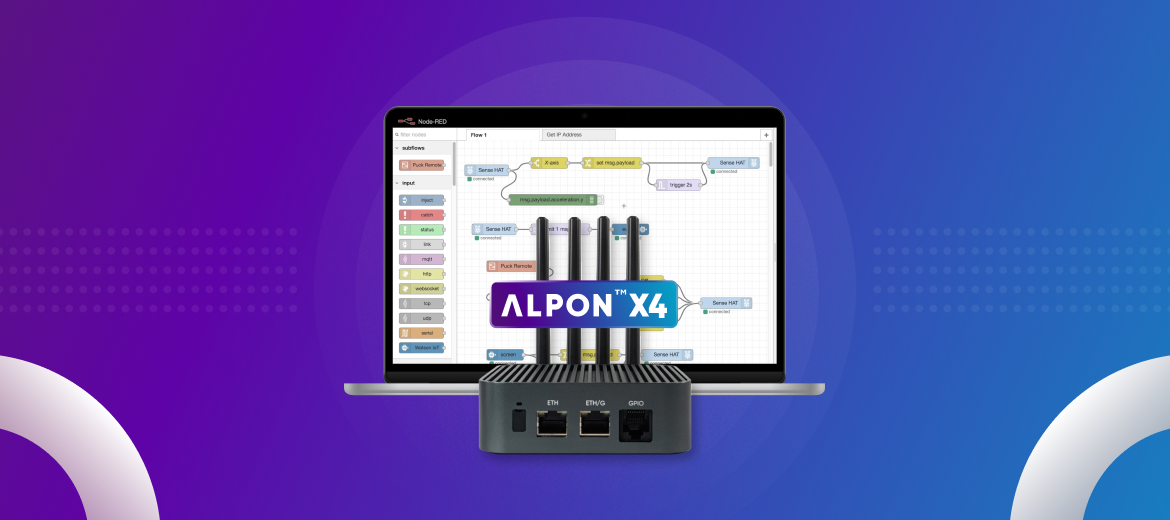Cellular networks have tremendously evolved from simple voice calls. People can now reach each other in so many different ways by using their phones. With the rapid growth of cellular technology, there is also an increasing demand to connect physical devices like cars, audio speakers, and other appliances to the existing cellular network.
So, what is cellular IoT?
Cellular IoT (Internet of Things) is the technology that allows everyday devices to connect to the internet by using the same network that smartphones use. In other words, the technology helps in connecting devices using the existing mobile network, thus eliminating the need to invest in a separate cellular modem just for IoT devices. Thanks to the advancement in technology in several countries, there is cellular connectivity available at all times.
Advantages of Cellular IoT
- Cellular IoT solutions use the existing cellular infrastructure. This ensures that IoT applications and devices can work with the existing mobile network throughout cities and other regions.
- It is an affordable choice as there is no need for any additional infrastructure for cellular IoT activation. Infrastructure refers to the setting up of base stations and cellular towers which properly establishes the cellular modems. The system is set up so that thousands of objects can be connected in every square kilometre.
- It can be used for stationary devices (like those in factories or manufacturing plants) or moving devices (like automobiles).
- Cellular IoT needs maintenance like any other device. The primary benefit is that you can remotely connect to places and manage the application. This service helps to check and troubleshoot every device regardless of its location.
- The availability of multiple features and types helps the consumer choose according to their application’s needs. Some require long range, while others require more bandwidth. NB-IoT is used for industries requiring lower bandwidth apps, while 4G or LTE-M can be used for greater bandwidth apps.
- Security is a key highlight of cellular IoT. These devices are secured as per the GSMA standards. They are carefully monitored for any unusual activities. These devices can also be set up to use private networks like VPN for more security.
Narrowband IoT (NB-IoT)
Narrow Band – IoT, or NB-IoT is cutting-edge technology specifically created for low power consumption. It has some excellent characteristics like low data transmission, long range and secure connectivity. It is suitable for 4G networks and is a rapidly growing connectivity technology. It has many uses in the area of environmental technology. For instance, it can be used in sensors to acquire data associated with atmospheric conditions and wind pressure. It is a long-lasting technology that can be managed remotely.
LTE-M (LTE Cat-M1) in Cellular IoT Applications
LTE Cat – M1 or LTE-M is a cellular technology that is used by advanced applications. It uses a high bandwidth of 1.4 MHz. It has an extended battery life that helps save costs by avoiding downtime. It is an energy-efficient solution that also has useful features such as voice and data support. When there are no data transactions, LTE-M enters power saver mode, which improves efficiency.
What are the Differences between LTE-M vs NB-IoT?
| NB-IoT | LTE-M |
|---|---|
| 180 kHz bandwidth | 1.4 MHz bandwidth |
| 1.5 – 10 second latency | 50 – 100 ms latency |
| Excellent indoor penetration | Good indoor penetration |
| Less than 100 Kbps peak data rate | Greater than 384 Kbps of peak data rate |
| Best at low rates of power consumption | Best at medium to high rates of power consumption |
| Used for specific needs | More commonly used |
4G in Cellular IoT Applications
Previously, where 4G or LTE-M was used in mobile phones, it is now also used in other devices. It is the latest cellular technology which is a one-stop solution for high demand networks. 4G LTE technology enables its users to make low bandwidth voice calls or VoLTE. It is especially suited for video transmission and security cameras. Currently, it is used in healthcare, car entertainment systems and auto racing. In comparison with 3G, 4G LTE uses 50% more connectivity, but an array of power-saving features makes it an affordable option. Studies suggest that this technology will be used widely in the coming years.
What are the Differences between LTE CAT4 vs LTE CAT1?
The primary difference between LTE CAT 1 and CAT 4 is the data rate. Where CAT 1 provides a 10 Mbps downlink and 5 Mbps uplink, CAT 4 allows for a maximum of 150 Mbps downlink and 50 Mbps uplink. Both of them work on the same 4G networks. CAT 4 can work with large data volumes, whereas CAT 1 is a cost-effective solution for medium amounts of data.
5G in Cellular IoT Applications
5G, of course, is a new technology that is ready to take over the world. Enabled to support IoT connectivity, 5G networks work towards the betterment of enhancing traffic sensors, cameras and traffic management. Smart meters, under 5G IoT sensors will likely monitor energy consumption and reduce the consumption of energy. It is going to have extensive, ground-breaking applications in augmented reality.
Cellular IoT is an exciting development in today’s world. Sixfab creates 4G/LTE Cellular Modem Kit and Cellular IoT Kit to build your cellular product. Check out Sixfab to view their cutting-edge solutions.



